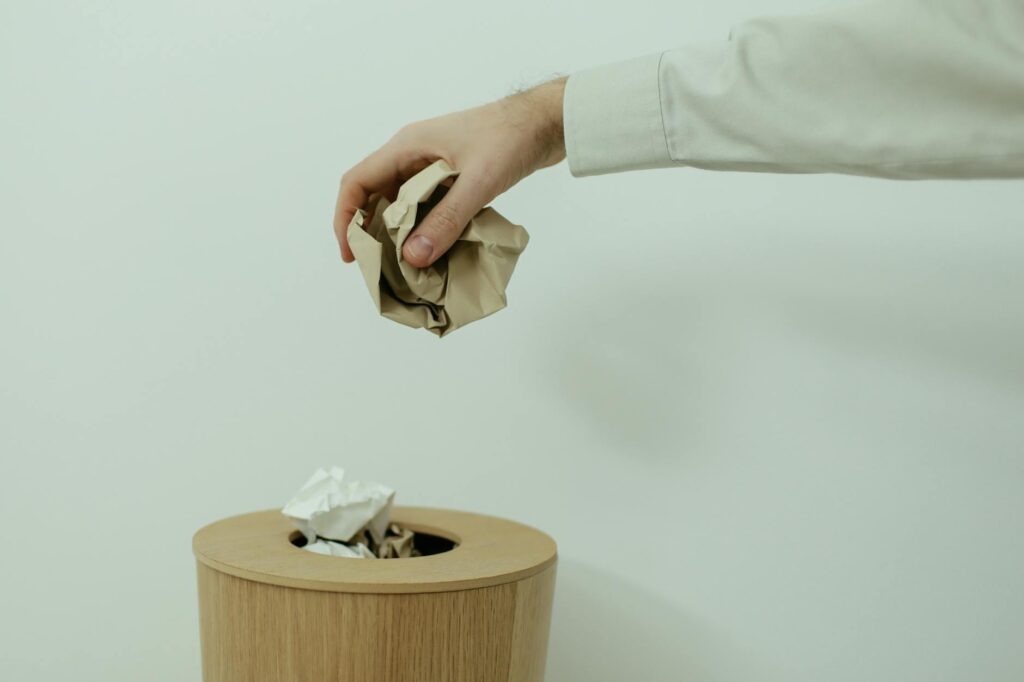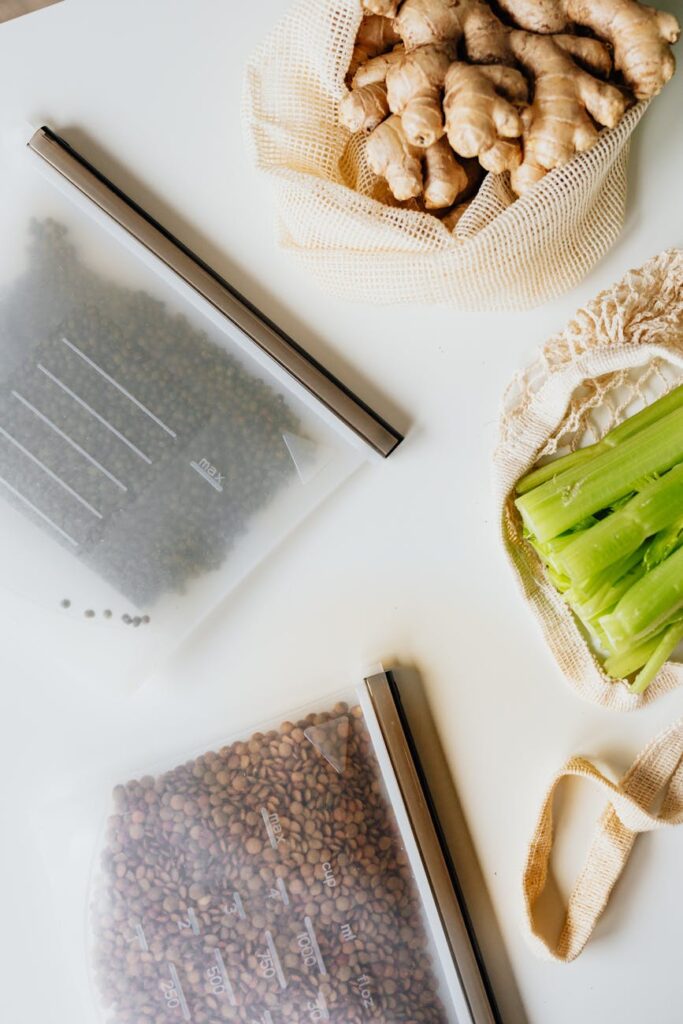Minimalist lifestyle ideas to declutter your home and mind explores practical, actionable strategies that help you remove excess, create calming surroundings, and reduce mental clutter. This article will guide you from defining a personal purpose for minimalism to concrete steps for paring down possessions, organizing what remains, handling digital overload, and building routines that sustain simplicity. The focus is on systems you can implement immediately, with decision rules and time estimates to make progress without feeling overwhelmed. Whether you live in a small apartment or a family home, these ideas aim to free physical space and mental energy so you can focus on priorities, creativity, and well-being. Expect realistic tips, checklists, and a simple table to jumpstart your decluttering journey.
Adopt a clear why
Start by clarifying what minimalism means for you. Without a personal why, decluttering becomes an obligation rather than a lifestyle change. Ask: do I want less visual noise, more time, lower expenses, or better focus? Write a short statement—one or two sentences—that captures your motivation. Place that statement where you will see it during the process: on the fridge, a mirror, or as a phone note.
Use this decision framework while sorting:
- Use it regularly: Keep.
- Serves a clear purpose: Keep or donate.
- No emotional or practical use in 12 months: Let go.
This stage sets the filter for all later actions: physical decluttering, organizing systems, and digital cleanup. Having a clear why reduces second-guessing and speeds decisions, which lowers decision fatigue and frees mental bandwidth.
Declutter your physical space
Work room by room with time-boxed sessions to avoid burnout. Tackle high-impact areas first: entryway, kitchen countertops, and the bedroom. Use the three-box method: keep, donate/sell, recycle/trash. Be ruthless with duplicates and items kept “just in case.”
- Set a 30-minute timer for small zones (a drawer, a shelf).
- For clothing, apply the hang test: hang all items backward; after you wear something, return it the right way. Items never worn after six months are candidates to donate.
- Limit display surfaces. Clear surfaces visually expand space and reduce mental clutter.
Link this work to your why. When you finish a session, take a photo of the cleared area. Visual progress motivates continued effort and reinforces the benefits of a simpler space.
Create simple organizing systems
Once you’ve removed excess, build low-effort systems to keep order. The goal is functional simplicity: fewer categories, consistent homes for items, and routines that require minimal decision-making.
- Adopt a “one in, one out” rule for new purchases to prevent accumulation.
- Use clear containers or labels for quick identification. Even one-label strips can save minutes every day.
- Group by function rather than style. For example, store all art supplies together, not scattered by room.
- Create a 5-minute end-of-day reset: a quick tidy of commonly used areas to prevent clutter buildup.
These systems bridge physical decluttering and ongoing maintenance. Consistency here directly reduces the friction of staying tidy and protects your mental clarity.
Tame your digital life
Digital clutter is as draining as physical clutter. Apply the same minimalist principles online: define purpose, purge, and systematize. Start with email, files, and apps.
- Unsubscribe ruthlessly; use a single unsubscribe session each week until your inbox rate drops.
- Archive or delete old files—keep one master copy and use cloud backup for essential documents.
- Limit notifications: disable nonessential app alerts and create notification-free hours.
- Consolidate accounts and passwords using a secure password manager to reduce cognitive load.
Digital hygiene supports a calmer mind and improves focus. A decluttered device mirrors a decluttered home and reduces interruptions, which is critical for sustaining a minimalist lifestyle.
Build routines that support minimalism
Routines turn intentions into habits. Design weekly and monthly practices that preserve the progress you made. Example routines include a weekly 20-minute declutter session, a monthly donation drop-off, and quarterly wardrobe edits. Pair routines with triggers—laundry day, the first Sunday of the month, or a bill-pay session.
- Keep routines short and specific to prevent resistance.
- Use the accountability principle: share goals with a partner or friend, or join a minimalism group for mutual support.
- Track small wins with a checklist or habit app—visual progress reinforces behavior.
Over time, these routines reduce the effort needed to maintain clarity. They connect back to your why and ensure both your home and mind remain uncluttered.
| Area | Suggested time | Decision rule |
|---|---|---|
| Entryway | 30 minutes | Keep daily-use items only |
| Kitchen countertops | 20 minutes | Surface clear except essentials |
| Closet | 60 minutes | No wear in 12 months = donate |
| Digital inbox | 30 minutes | Delete or archive immediately; unsubscribe |
| Desk/workspace | 20 minutes | Only current projects visible |
Conclusion
Adopting a minimalist lifestyle is a progressive shift from accumulation to intentional living. Start by defining a clear why, then move through focused physical decluttering, simple organizing systems, digital cleanup, and short, maintainable routines. Each step feeds the next: purpose makes decisions easier, clearing space enables effective systems, systems reduce daily friction, and routines preserve gains. Use time-boxed sessions, decision rules, and the one in, one out policy to prevent relapse. Minimalism is not deprivation; it is design—designing your environment and habits to support the life you want. By following these practical ideas, you can create a calmer home and a clearer mind that supports focus, creativity, and well-being.
Image by: RDNE Stock project
https://www.pexels.com/@rdne




